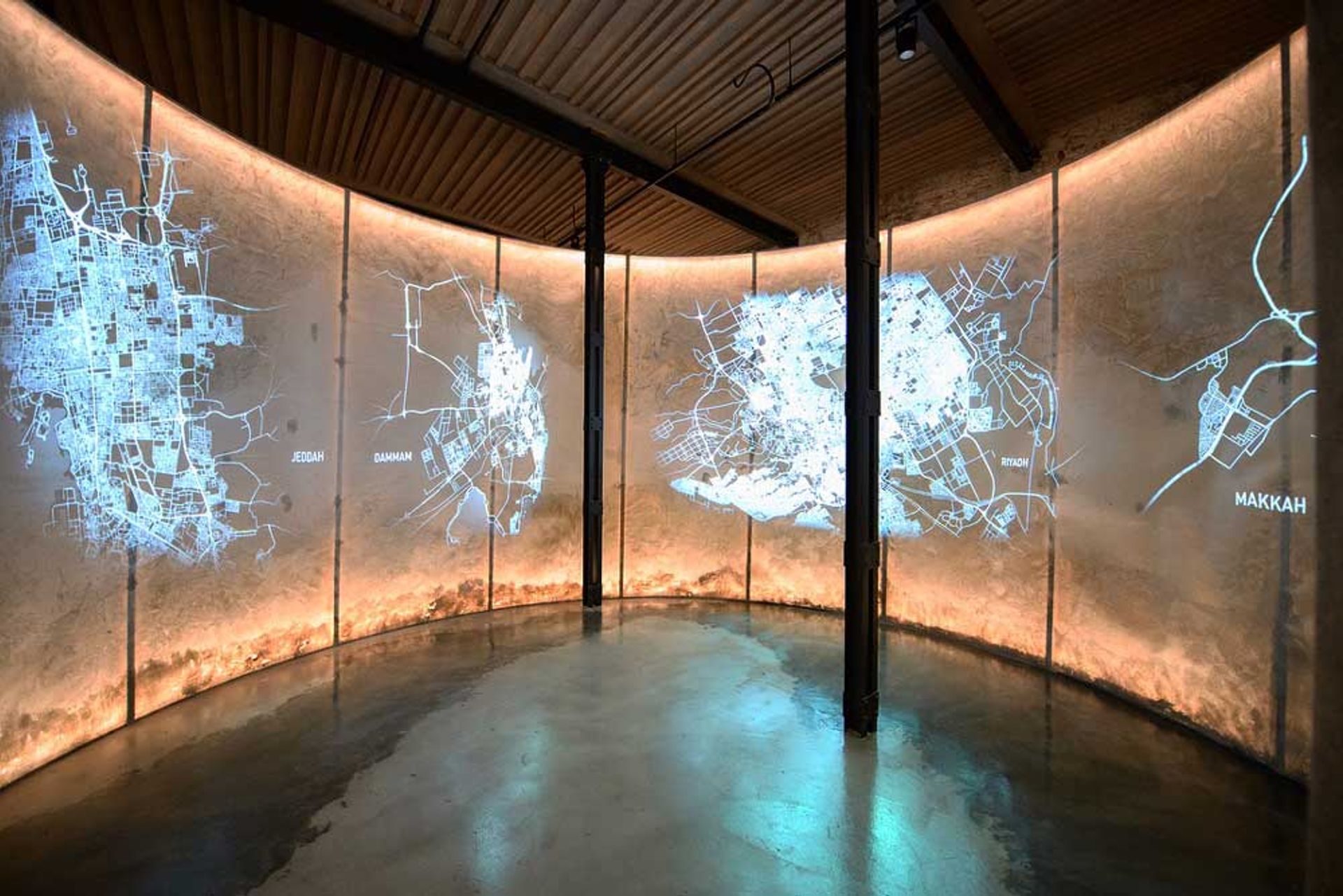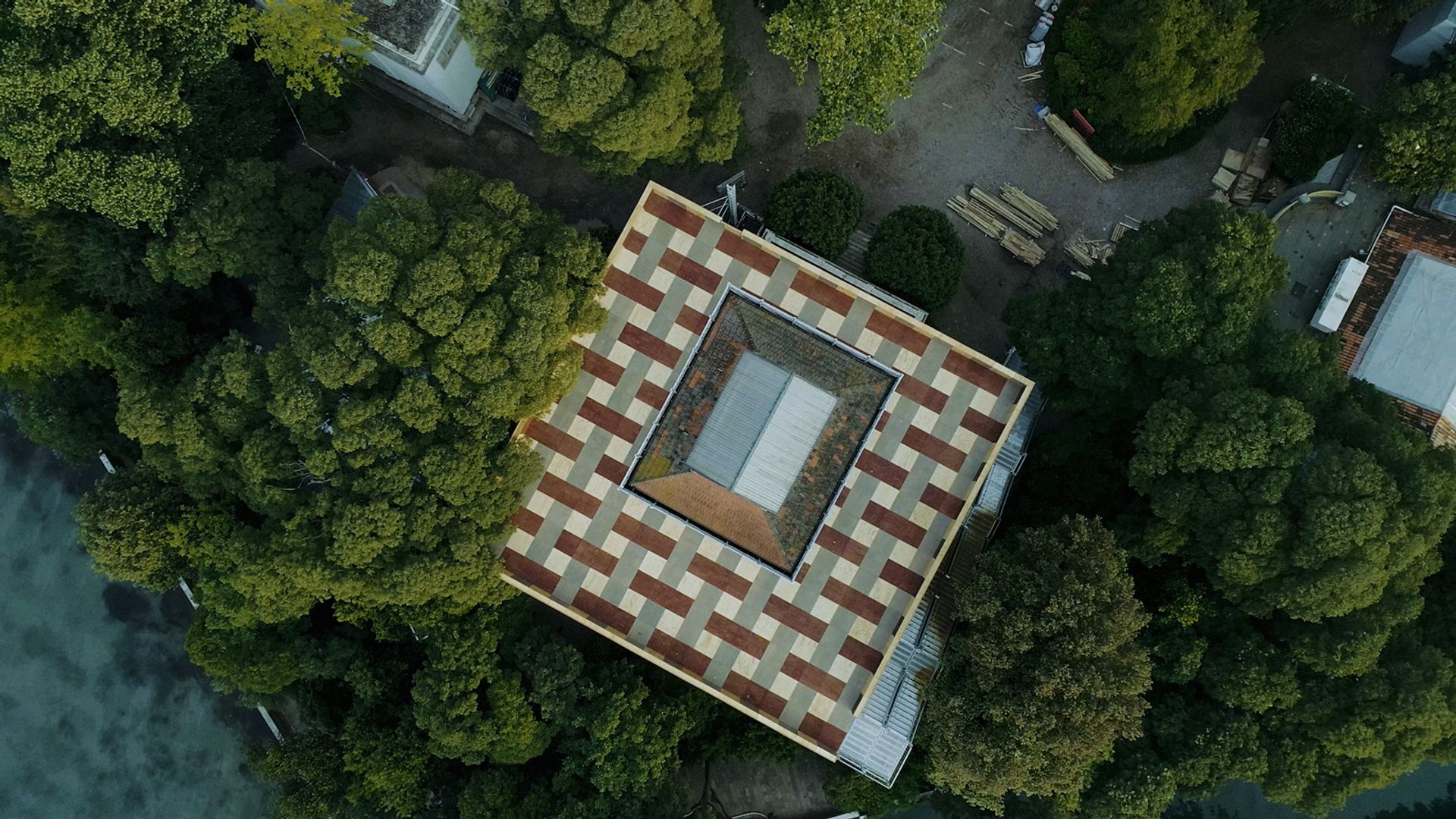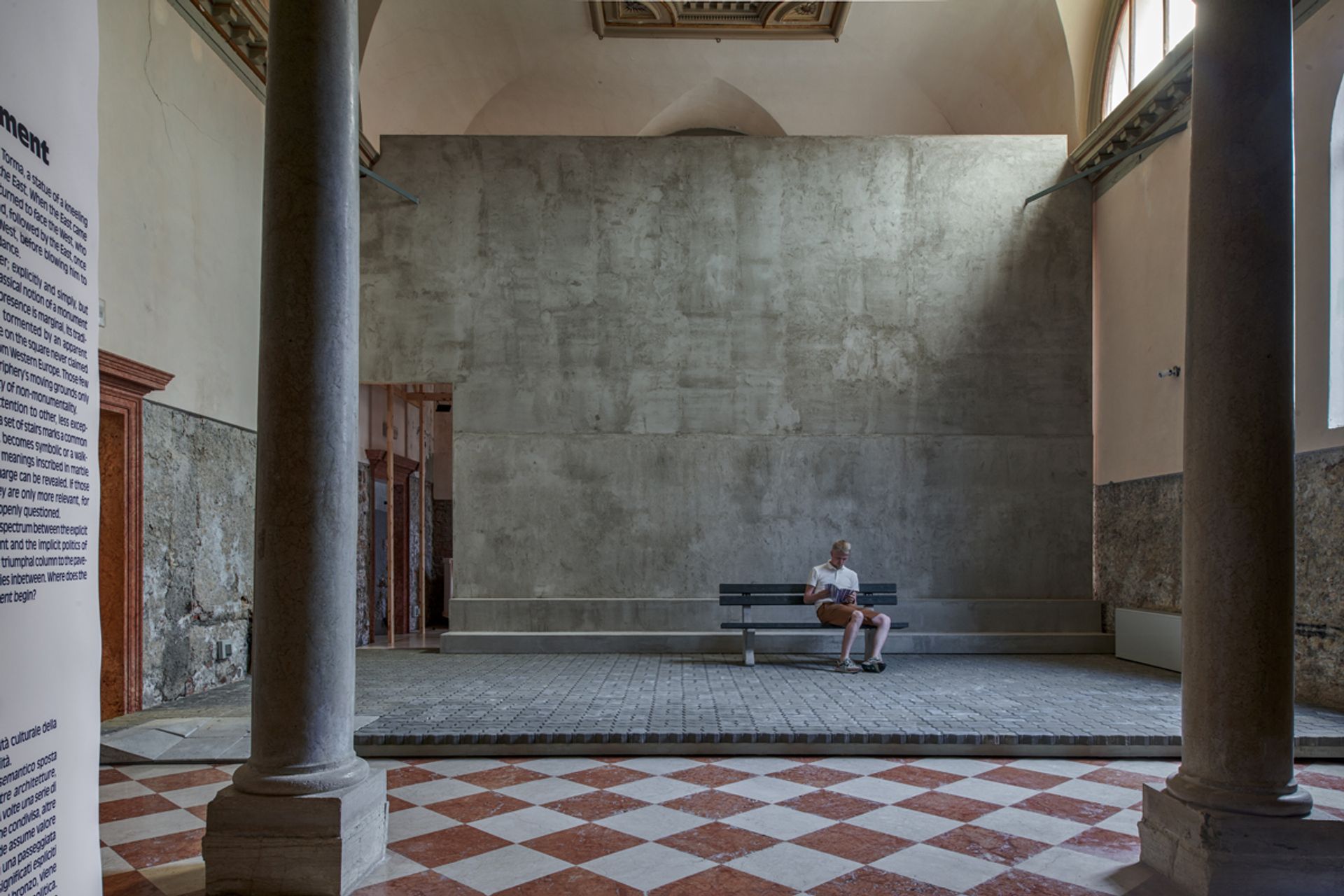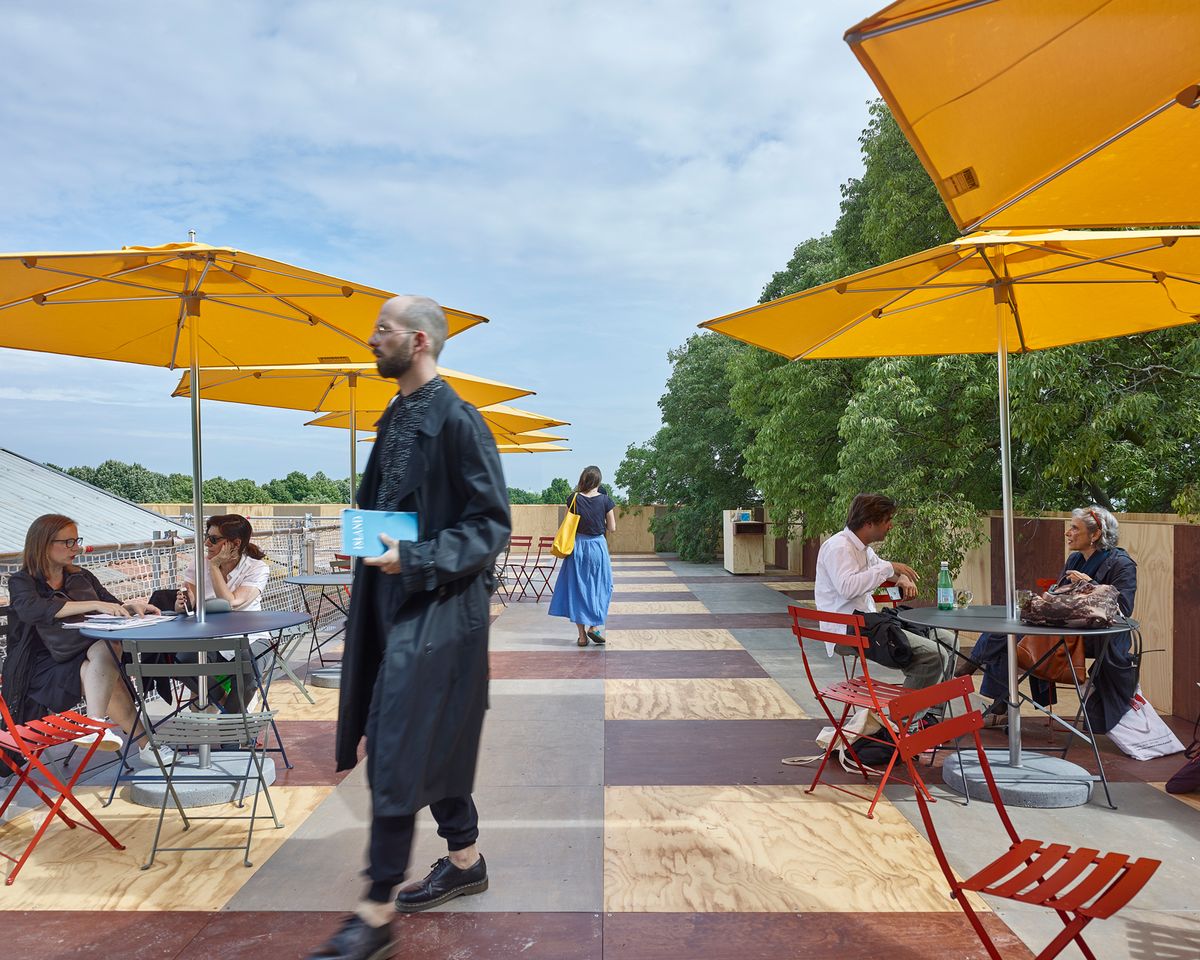The 16th Architecture Biennale in Venice (26 May-25 November) includes 63 national participants. The overall theme conceived by the biennale curators, Yvonne Farrell and Shelley McNamara, is Freespace. “[This] describes a generosity of spirit and a sense of humanity at the core of architecture's agenda, focusing on the quality of space itself,” according to the pair’s rather obtuse manifesto. We’ve selected three pavilions from the mass of events and initiatives.

Pavilion of Saudi Arabia
Saudi Arabia: Spaces in Between
Arsenale
Saudi Arabia’s state-backed cultural offensive continues apace with the launch of its first pavilion at the architecture biennale located in the Arsenale. The Saudi presentation, titled Spaces in Between, is organised by the Misk Art Institute led by the high-profile artist Ahmed Mater. Underpining the Venice project, is the way in which Saudi’s urban planners are transforming empty city spaces into vibrant public areas. The co-curator, Jawaher Al Sudairy of the Harvard Kennedy School, told Arab News that “our interpretation of the [overall biennale] theme of Freespace is all about exploring the idea of urban expansion in [Saudi] cities as a result of population growth.” The exhibition also examines why Saudi Arabia developed into a car-centric society.

A bird’s-eye view of Island at the British Pavilion British Council photo by Cultureshock Media
UK: Island
British Pavilion, Giardini
The British presentation is nothing if not unusual because the UK pavilion will remain completely empty. “There will be no exhibits; instead we have realised a structure that can be experienced like a building… the state of the building suggests many themes including abandonment, reconstruction, sanctuary, Brexit, isolation, colonialism and climate change,” says the curatorial team of Adam Caruso, Peter St John and Marcus Taylor in a statement. A staircase running along the side of the 123-year-old venue leads to a rooftop platform where tea will be served at 4pm each day. In a magnanimous post-Brexit gesture, other countries will be invited to use the space for events.

The Estonia pavilion, Weak Monument Tõnu Tunnel
Estonia: Weak Monument
Church of Santa Maria Ausiliatrice
The curators representing Estonia, including Laura Linsi, examine the notion of monuments, and their symbolic power, in this presentation which unfolds across the baroque Church of Santa Maria Ausiliatrice. “Monuments reside on the margin of the architectural discipline while directly embodying some of its most central qualities, such as relation to the site, delimitation of public space and capacity for representation. Monuments represent power explicitly, but not universally,” the curators say in a statement. Vast concrete walls block off the treasures within, prompting visitors to navigate a different route around the church. The walls, which initially appear grand and impenetrable, can be crossed, the curators say.


